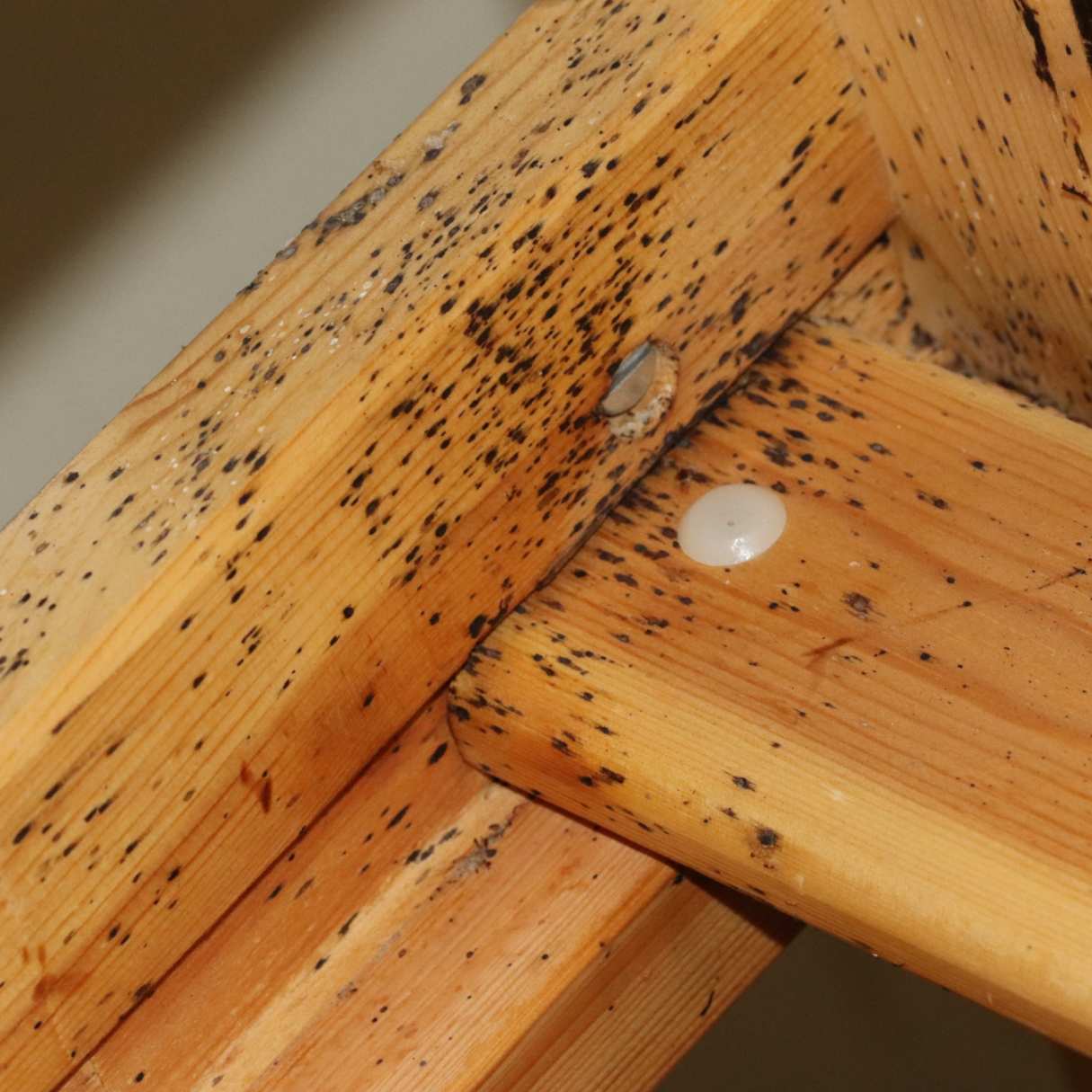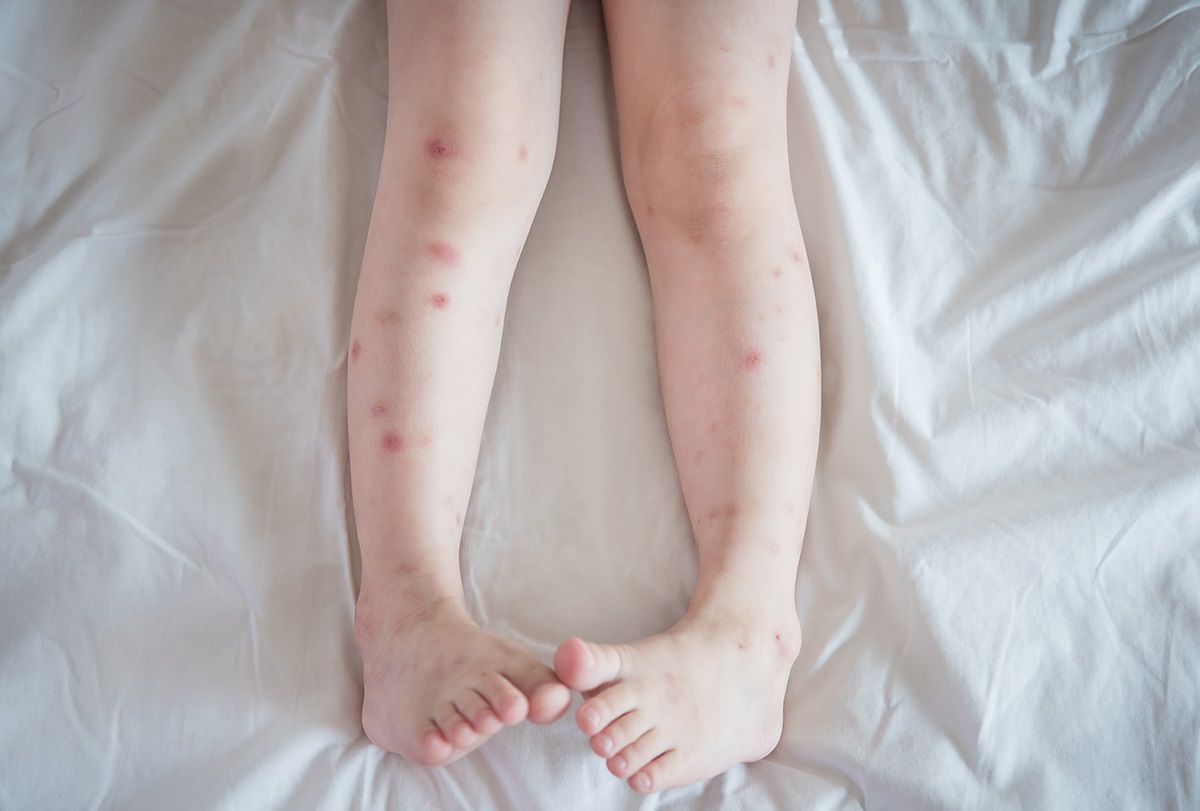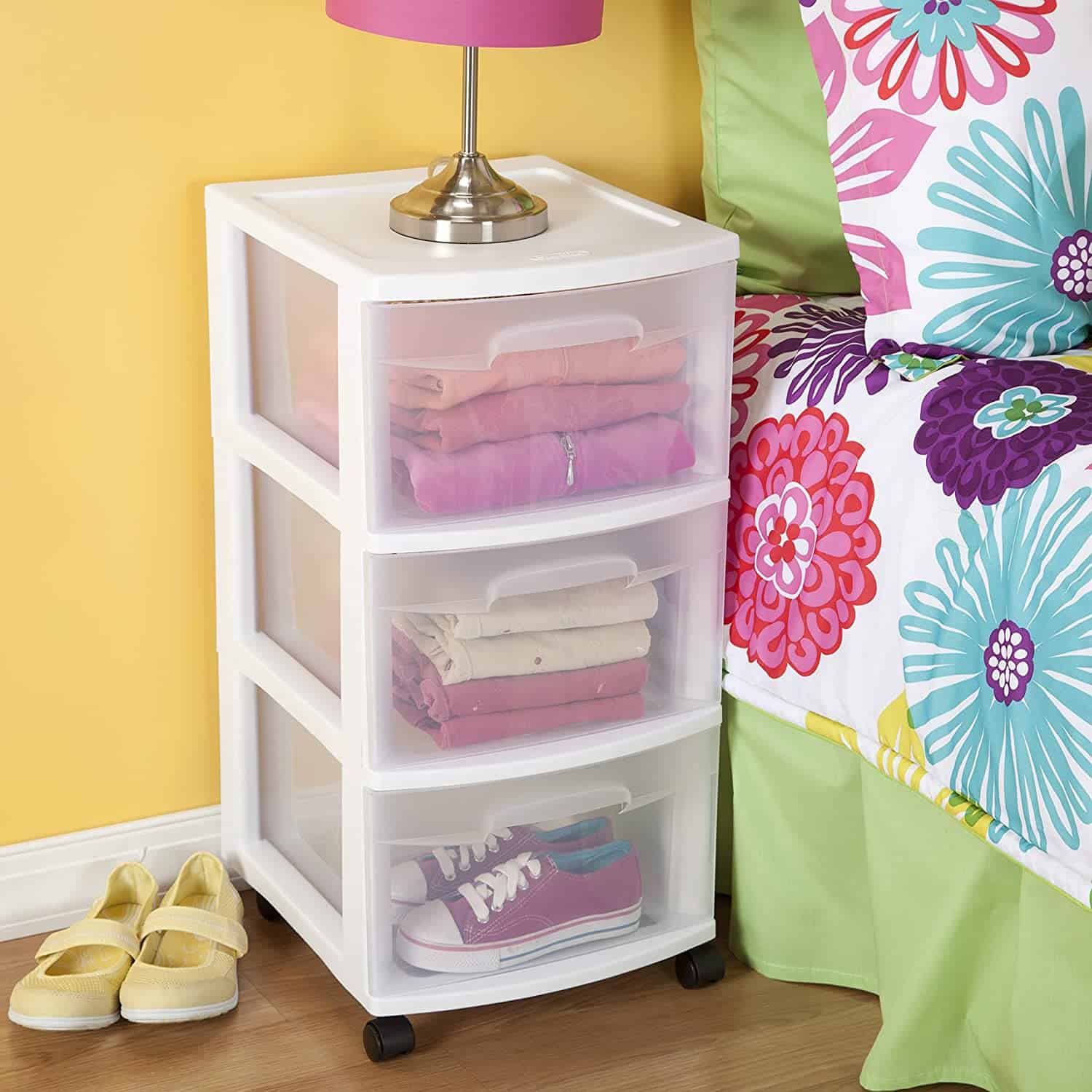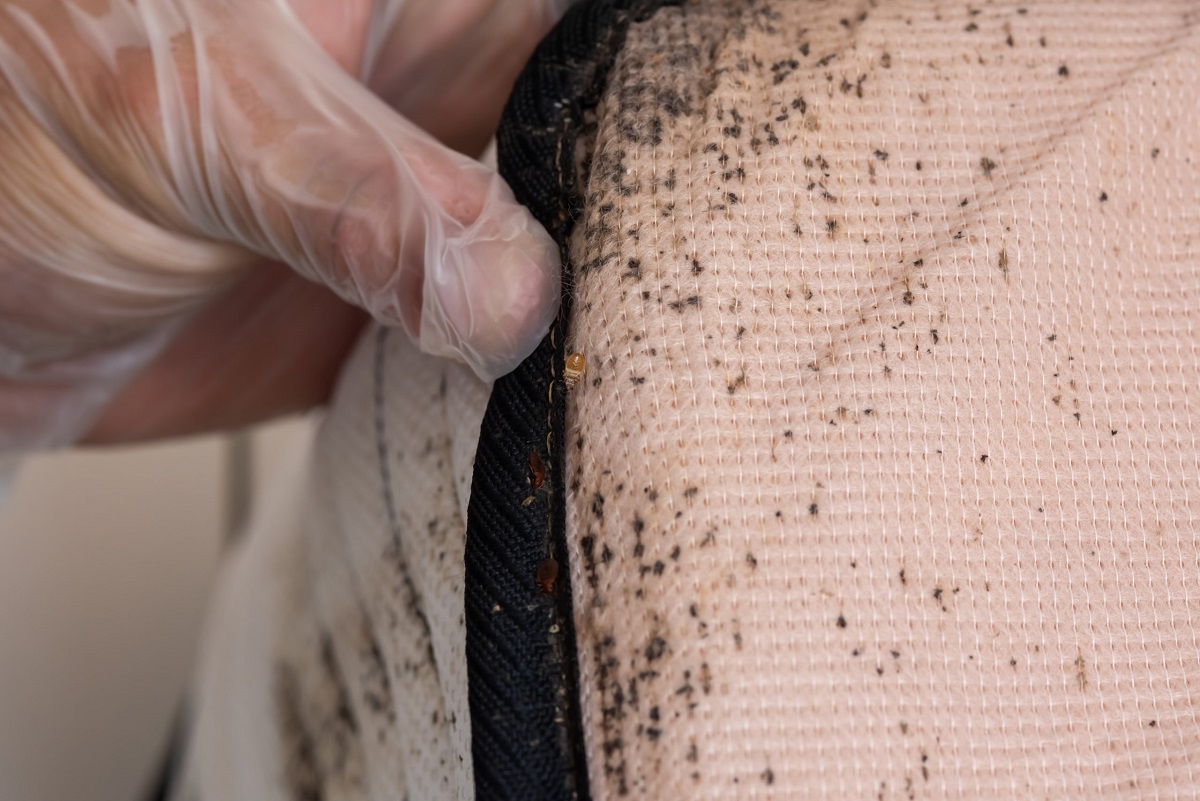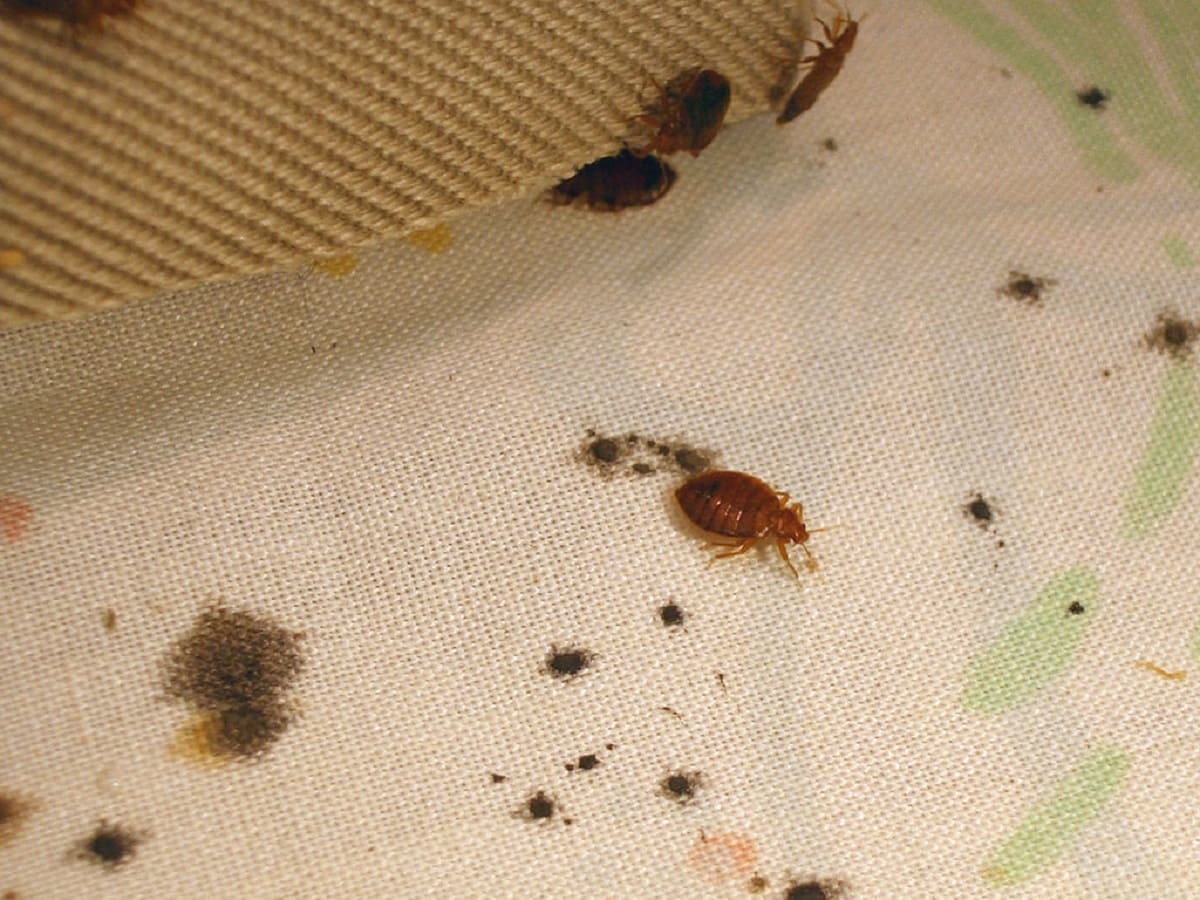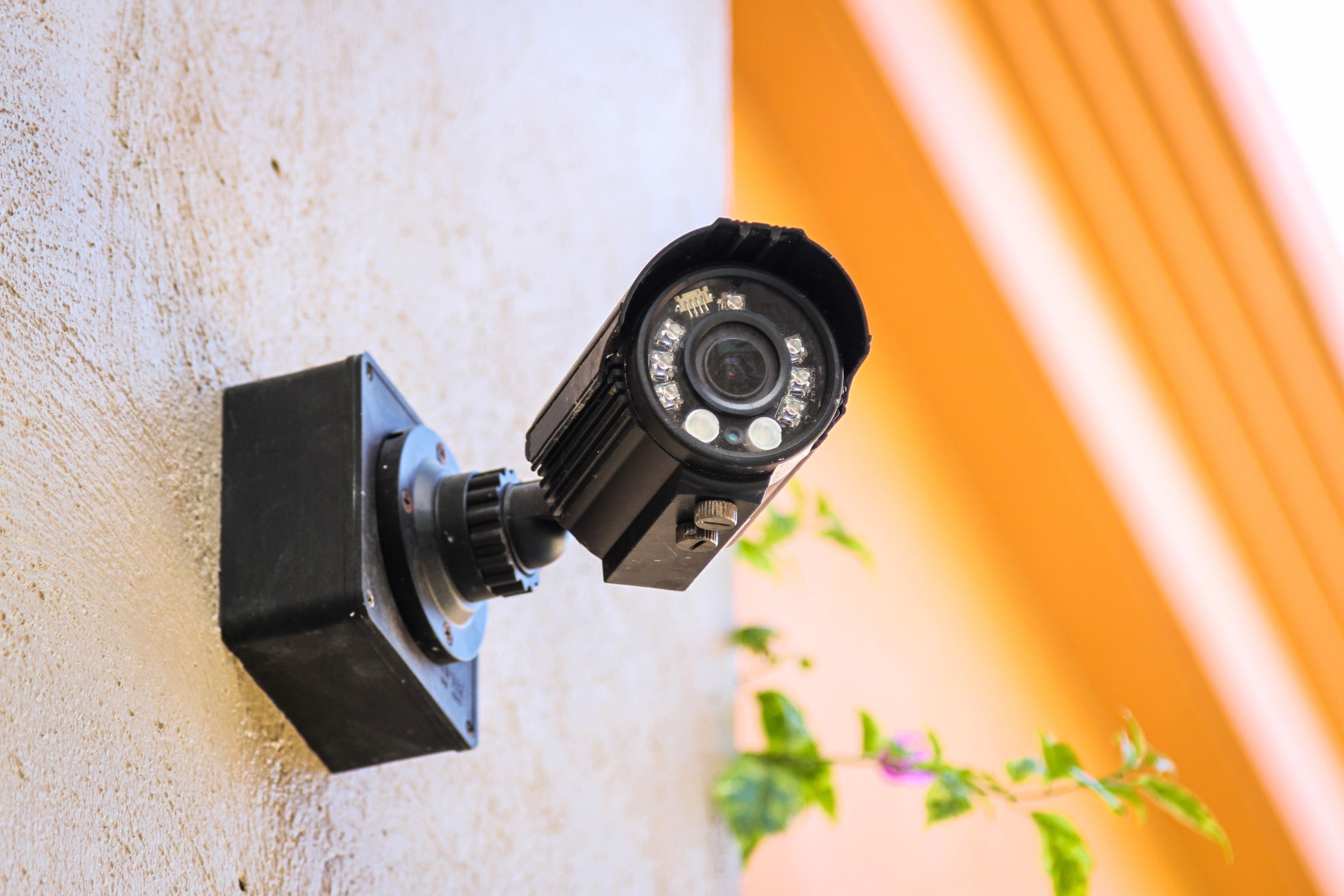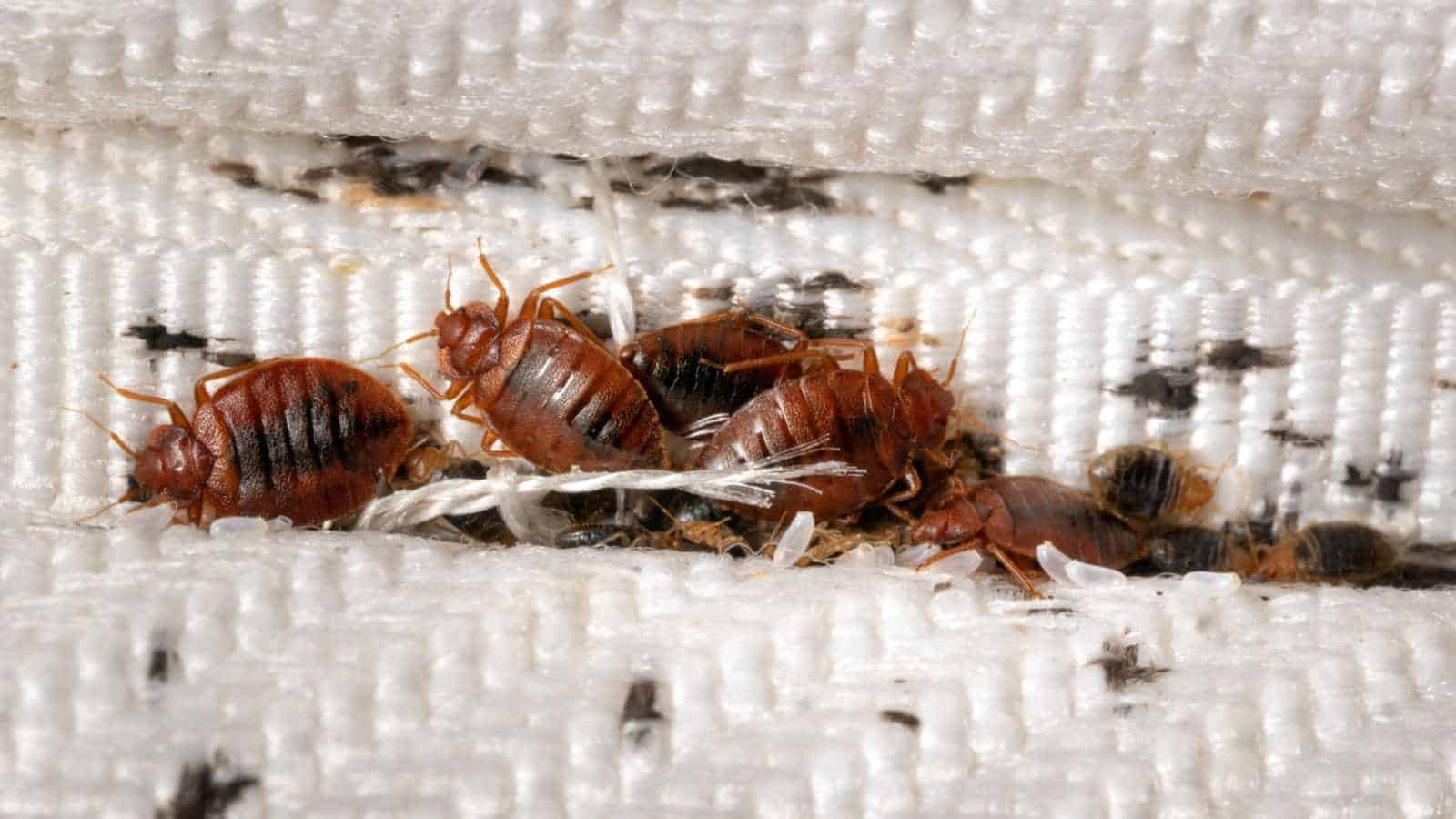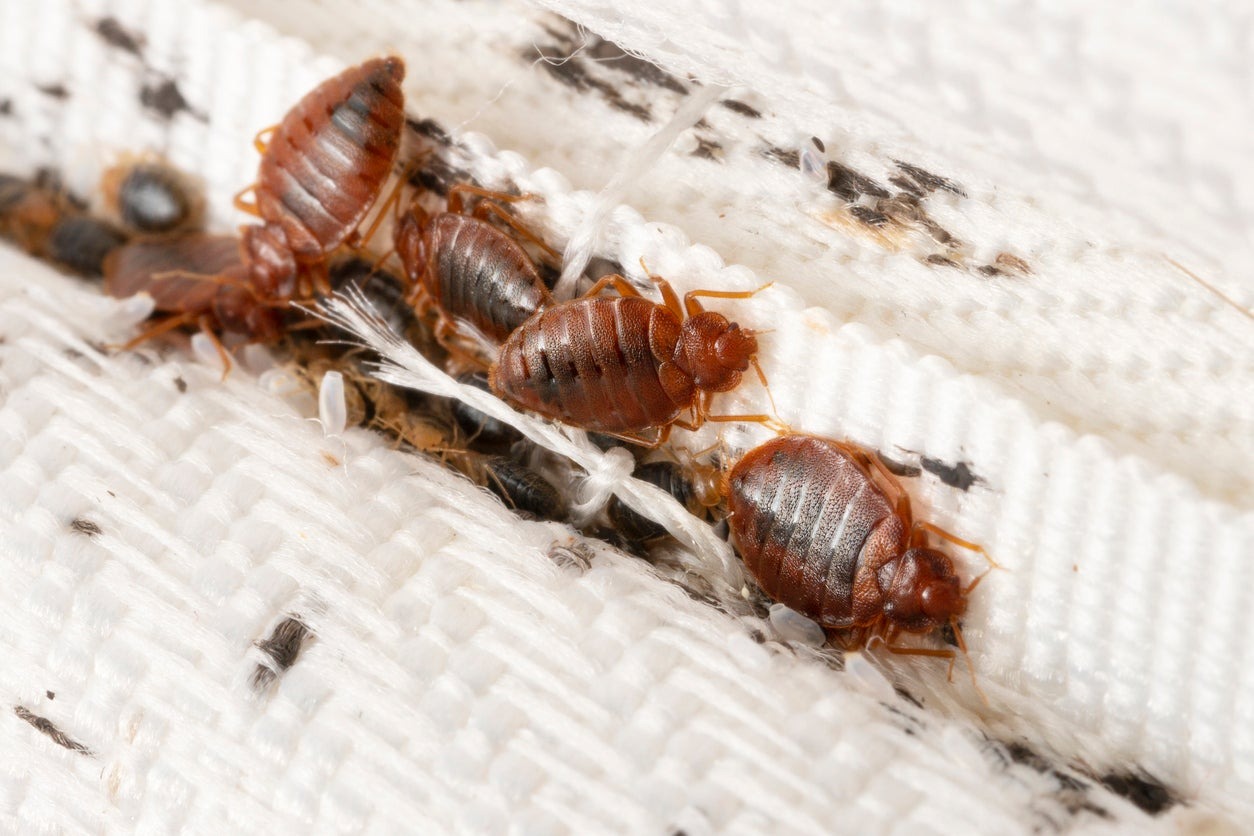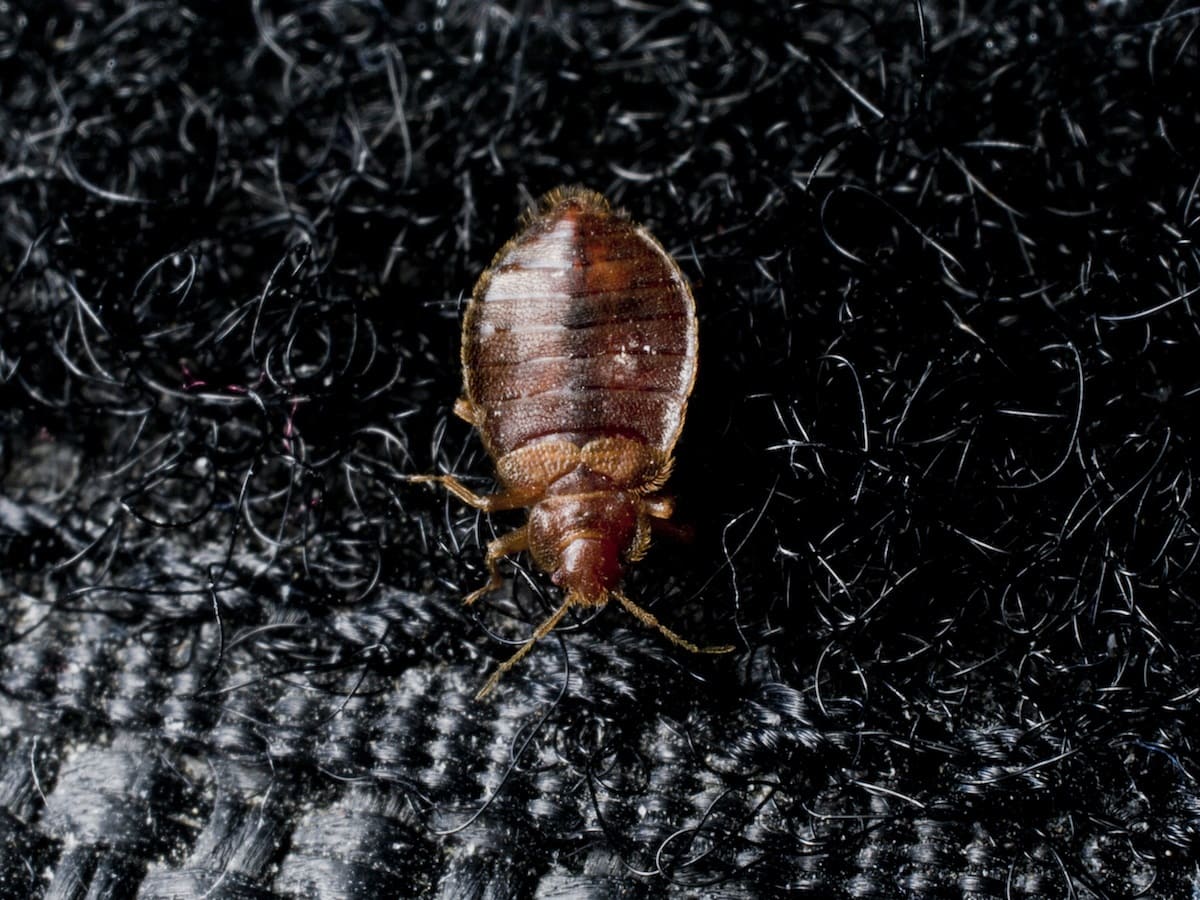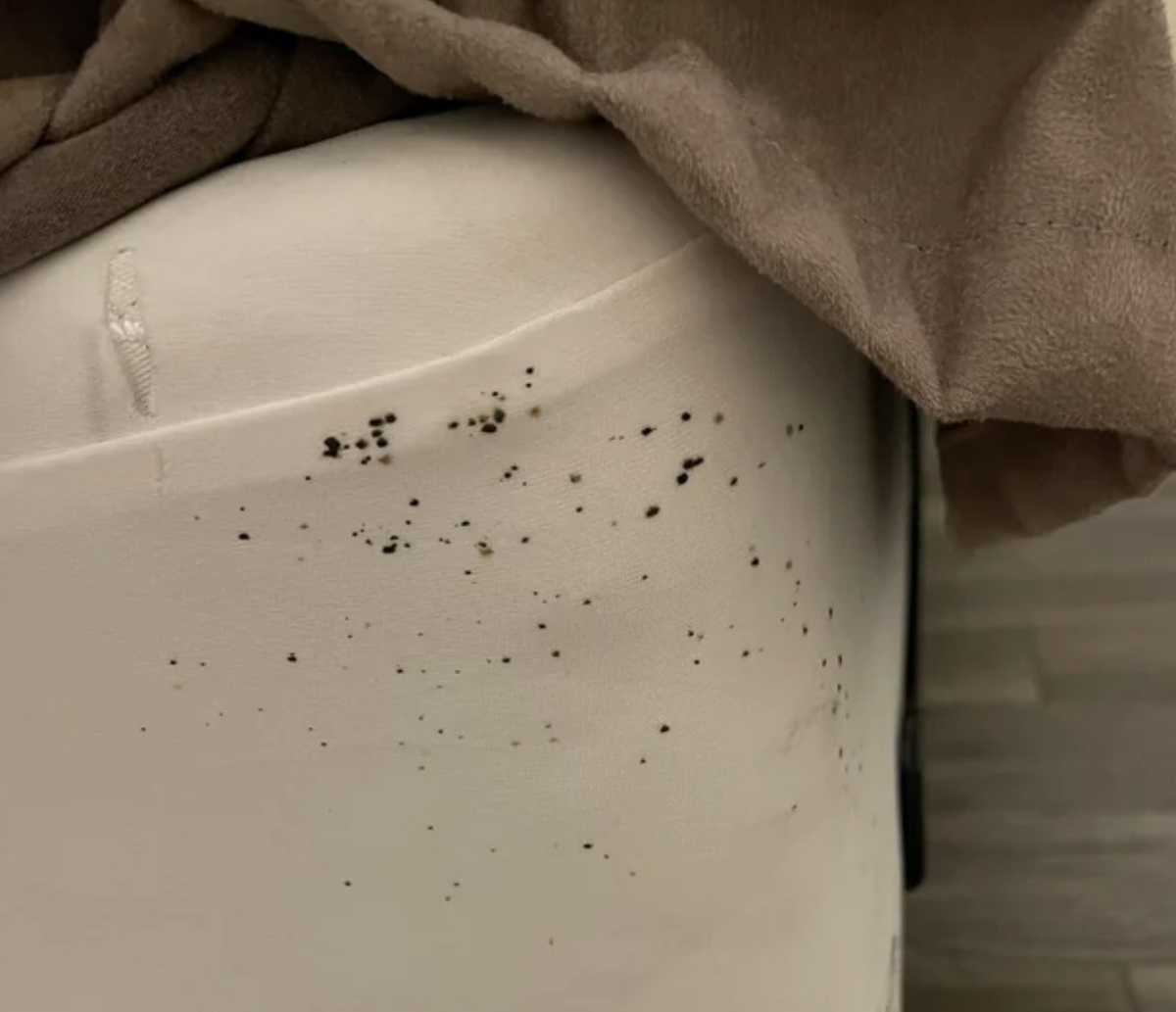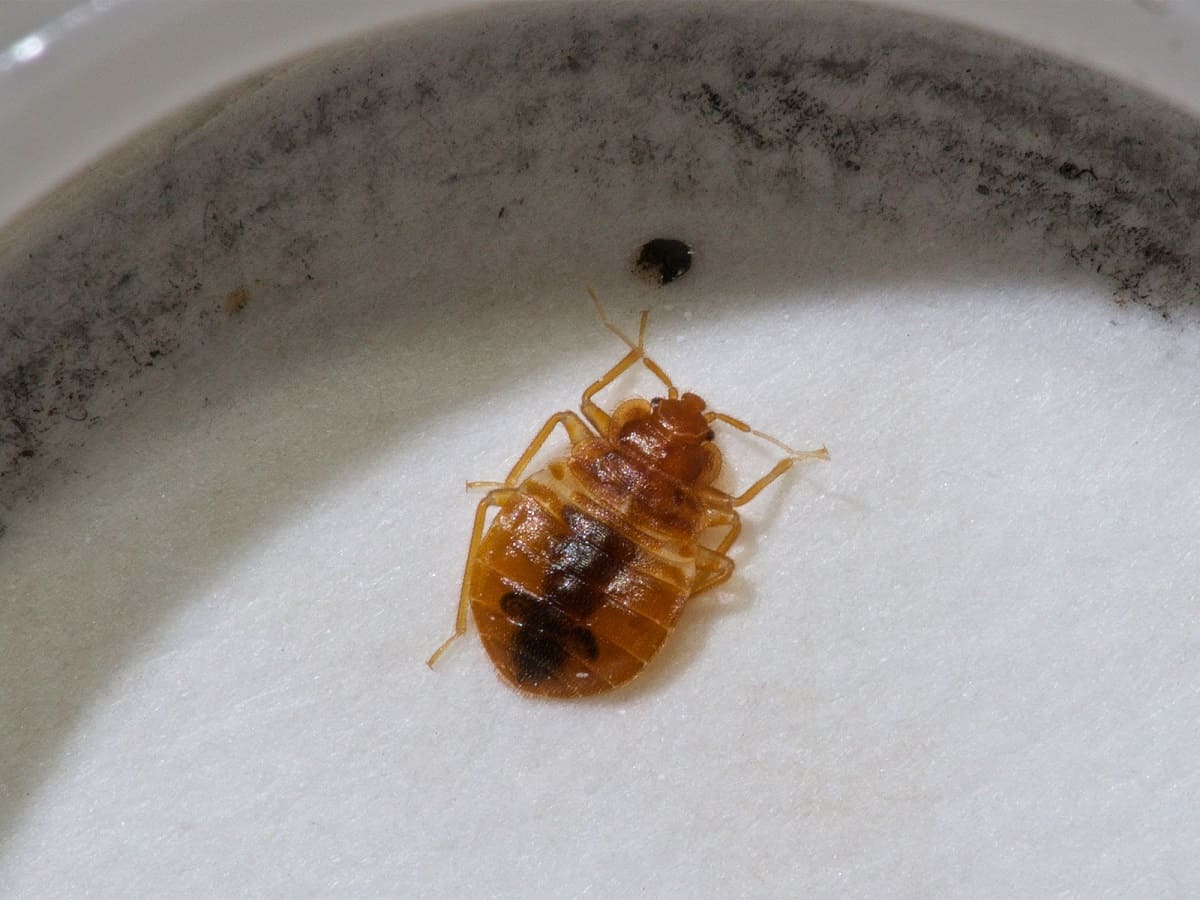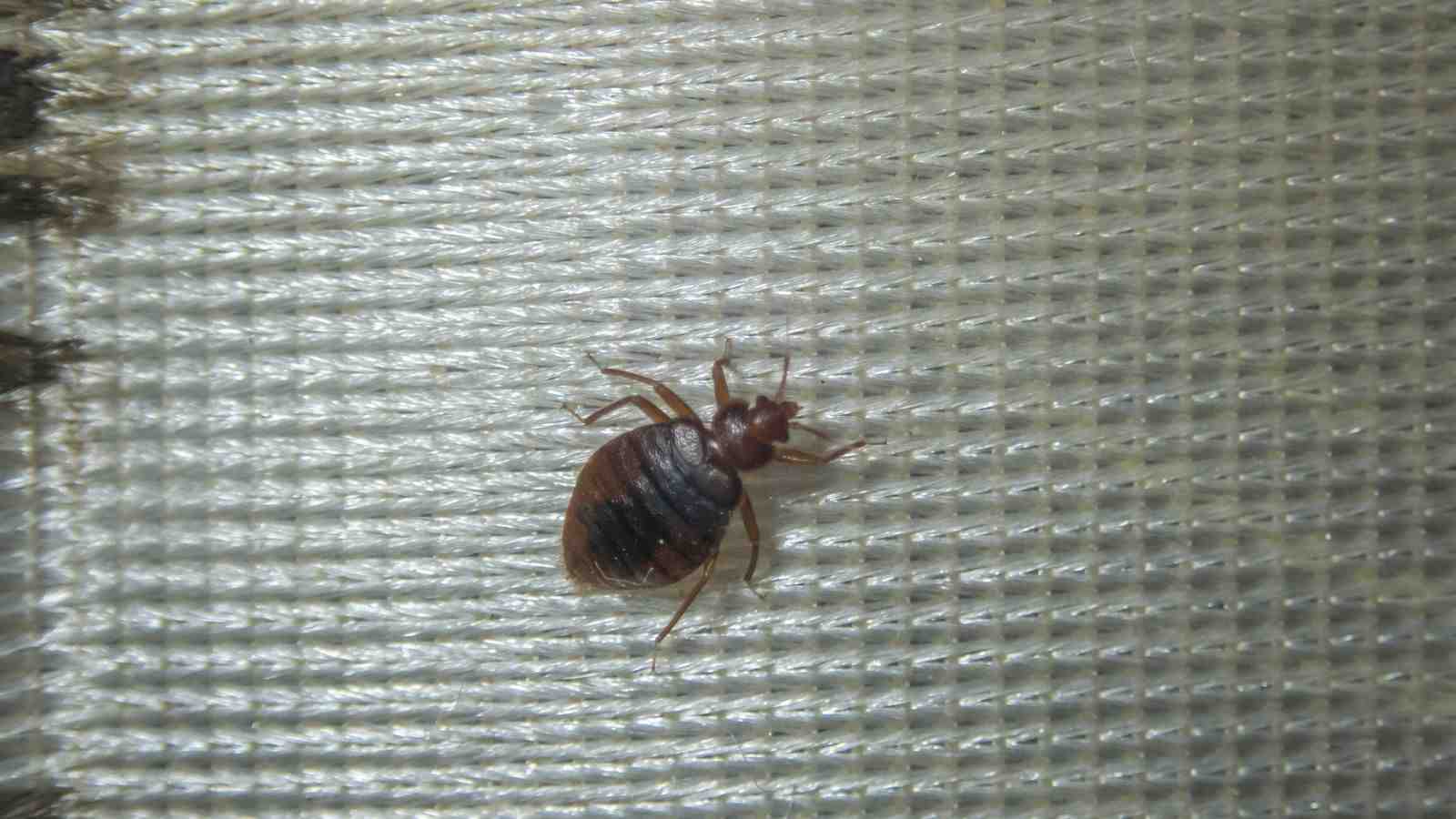Home>Furniture>Bedroom Furniture>How To Keep Bed Bugs From Biting You
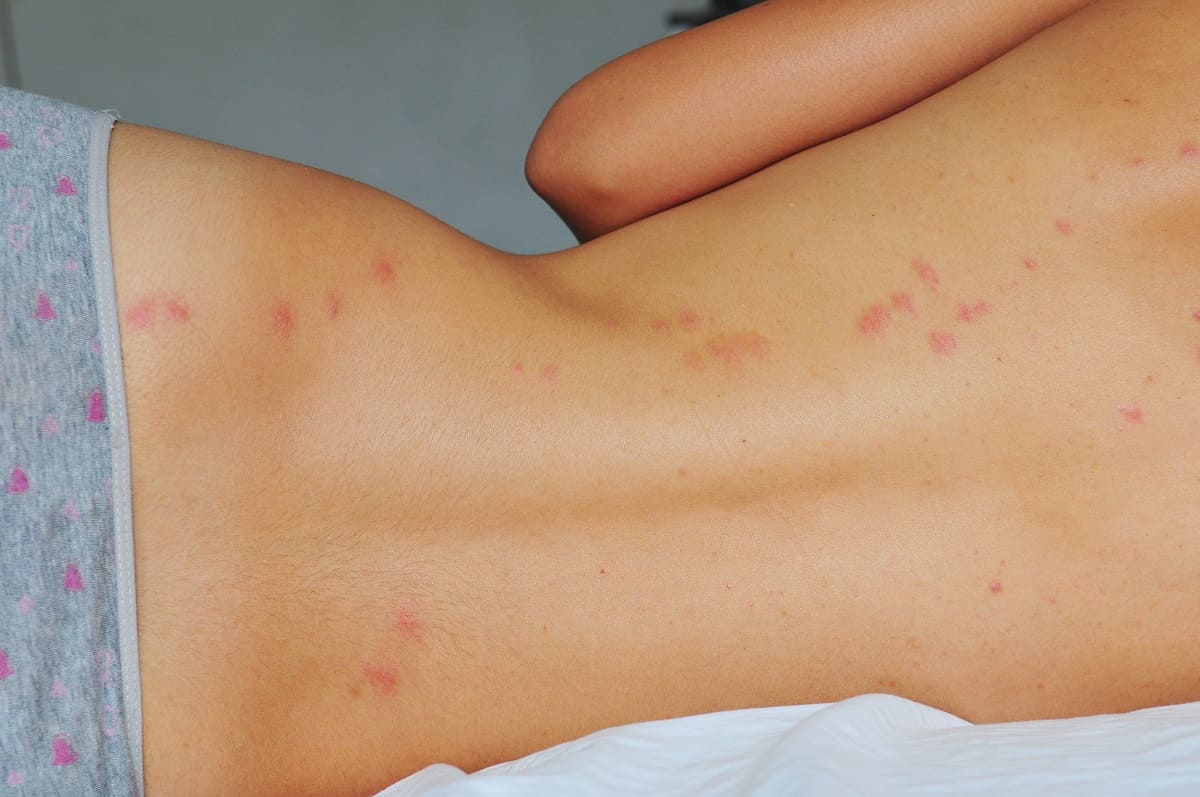

Bedroom Furniture
How To Keep Bed Bugs From Biting You
Modified: October 28, 2024
Discover effective tips and tricks to prevent bed bugs from biting you. Protect your sleep with our bedroom furniture solutions.
(Many of the links in this article redirect to a specific reviewed product. Your purchase of these products through affiliate links helps to generate commission for Storables.com, at no extra cost. Learn more)
Introduction: Understanding the Threat of Bed Bug Bites
Bed bugs are tiny, nocturnal insects that feed on the blood of humans and animals. While these pests are not known to transmit diseases, their presence in your home can be a major inconvenience and cause significant discomfort. Bed bug bites are often itchy and can result in skin irritation, redness, and even allergic reactions in some individuals.
Understanding the signs of a bed bug infestation and taking proactive measures to prevent and eliminate these pests is crucial to maintaining a healthy and peaceful living environment. In this article, we will explore effective strategies and techniques to keep bed bugs from biting you and invading your personal space.
Key Takeaways:
- Stay vigilant and familiarize yourself with the signs of a bed bug infestation to take early action and prevent these pests from invading your living space.
- Keep your living space clean, use mattress encasements, wash bedding regularly, and consider natural remedies to create an inhospitable environment for bed bugs and protect yourself from their bites.
Read more: What Helps Bed Bug Bites
Section 1: Identifying the Signs of a Bed Bug Infestation
Identifying the signs of a bed bug infestation is the first step in effectively dealing with these pests. Here are some key indicators to look out for:
- Bite marks: Bed bug bites often appear as small, red, and itchy welts on the skin. They are typically found in clusters or a line pattern and are commonly located on areas of the body that are exposed during sleep, such as the arms, legs, neck, and face.
- Bed bug excrement: Look for small, dark spots that resemble black pepper flakes on your bedding, mattress, or furniture. These spots are droppings left behind by bed bugs.
- Shed skins: As bed bugs grow and molt, they shed their exoskeletons. These cast skins, which are translucent and appear similar to the actual insect, can be found near their hiding places, such as mattress seams, cracks in furniture, or behind baseboards.
- Musty odor: Bed bugs release pheromones that give off a distinct, sweet, and musty smell. If you notice an unusual odor in your bedroom or living space, it could be an indication of a bed bug infestation.
If you notice any of these signs or suspect a bed bug infestation, it is essential to take immediate action to prevent further spread and protect yourself from their bites. With awareness and vigilance, you can identify the problem early and implement effective solutions.
Section 2: Cleaning and Decluttering Your Living Space
Maintaining a clean and clutter-free living space is a crucial step in preventing bed bug infestations. Bed bugs thrive in areas with ample hiding spots, so by reducing clutter and regularly cleaning your surroundings, you make it harder for them to establish themselves. Here are some effective strategies:
- Declutter your home: Remove unnecessary items, such as old newspapers, magazines, and unused furniture, that can provide hiding spots for bed bugs. Minimize clutter by organizing and storing items in sealed plastic containers.
- Vacuum regularly: Vacuum your floors, carpets, furniture, and curtains on a regular basis to remove any potential bed bugs, their eggs, or other debris. Make sure to vacuum cracks and crevices where bed bugs may hide.
- Wash bedding and clothing: Launder your bedding, including sheets, blankets, pillowcases, and mattress covers, in hot water and dry them on high heat. This helps to kill any bed bugs or eggs present. Additionally, wash and dry your clothing, especially items worn while sleeping, on high heat to eliminate any potential infestation.
- Steam clean upholstery: Use a steam cleaner to thoroughly clean your furniture, including sofas, chairs, and mattresses. The high temperature of the steam helps to kill bed bugs and their eggs that may be hiding in the fabric.
- Seal cracks and crevices: Seal any cracks or crevices in walls, baseboards, and furniture where bed bugs could hide. Use caulk or another appropriate sealant to eliminate potential hiding spots.
By maintaining a clean and clutter-free environment, you minimize the chances of bed bugs finding a suitable habitat in your home. Regular cleaning and decluttering practices create a less hospitable environment for these pests, making it easier to detect and eliminate any infestations that may occur.
Section 3: Using Mattress Encasements and Bed Bug-Proof Covers
One of the most effective ways to prevent and control bed bug infestations is by using mattress encasements and bed bug-proof covers. These specially designed covers create a barrier that prevents bed bugs from accessing and hiding in your mattress and box spring. Here’s what you need to know:
- Choose the right encasements: When selecting mattress encasements and bed bug-proof covers, ensure that they are specifically designed to be bite-proof and have a zipper with small teeth that bed bugs cannot penetrate. Look for encasements that are labeled as “bed bug-proof” or “bed bug encasements.”
- Encase your mattress and box spring: Carefully encase your mattress and box spring with the bed bug-proof covers, ensuring that they fit snugly and completely cover the entire surface. This prevents bed bugs from infesting your sleeping area and makes it easier to detect any existing infestations.
- Keep the covers intact: Avoid removing or tampering with the encasements unless necessary. Bed bugs can hide in the folds or seams of the cover if not properly sealed. If you need to remove the encasements for any reason, make sure to inspect and clean them thoroughly before reapplying.
- Monitor for any signs of infestation: Regularly inspect the encasements for any signs of bed bugs or their droppings. If you notice any signs of an infestation, take immediate action to address the problem.
- Consider additional protective measures: In addition to mattress encasements, you can also use bed bug-proof covers for pillows, duvets, and other bedding items. This provides an extra layer of protection against bed bug infestations.
Using mattress encasements and bed bug-proof covers not only helps prevent bed bug infestations but also provides peace of mind and easier maintenance of your sleeping environment. Remember to regularly inspect and clean the covers to ensure their effectiveness and keep your bed bug prevention efforts intact.
Section 4: Regularly Washing and Drying Bedding and Clothing
Regularly washing and drying your bedding and clothing is an essential step in preventing bed bug infestations and minimizing the likelihood of bed bug bites. Here are some important guidelines to follow:
- Wash bedding and clothing in hot water: Bed bugs and their eggs are killed at temperatures above 130°F (54°C). Therefore, it is crucial to use hot water when laundering your bedding, including sheets, pillowcases, blankets, and mattress covers. Additionally, wash your clothing, especially items worn while sleeping, to eliminate any potential bed bug hitchhikers.
- Dry on high heat: After washing, dry your bedding and clothing on the highest heat setting available for at least 30 minutes. The high temperatures will effectively kill any remaining bed bugs or eggs. Be sure to follow the garment care instructions to avoid damaging delicate items.
- Store clean items in sealed bags or containers: Once your bedding and clothing are clean and dry, store them in sealed plastic bags or containers to prevent bed bugs from re-infesting them. This will also make it easier to identify any future infestations.
- Regularly clean and inspect laundry areas: Bed bugs can hide in laundry areas, such as hampers and laundry bins. Regularly clean and inspect these areas to avoid providing hiding spots for these pests. Consider using a fabric liner inside your hamper or bag to make cleaning easier.
- Be cautious when using public laundromats or shared laundry facilities: If you need to use a public laundromat or shared laundry facility, take extra precautions to minimize the risk of bringing bed bugs home with you. Inspect and clean the machines thoroughly before use, and consider using disposable laundry bags to transport your items.
By regularly washing and drying your bedding and clothing with hot water and high heat, you effectively eliminate any bed bugs that may be present. This practice not only prevents infestations but also ensures a clean and hygienic sleeping environment for you and your family.
To keep bed bugs from biting you, regularly vacuum and clean your bedding, mattress, and surrounding areas. Use a mattress encasement and inspect hotel rooms for signs of bed bugs before staying.
Read more: How To Tell If You Have Bed Bug Bites
Section 5: Vacuuming and Steaming Furniture and Carpets
Vacuuming and steaming your furniture and carpets are important steps in keeping bed bugs at bay and preventing their bites. These methods help to physically remove bed bugs, their eggs, and their hiding places. Here’s how you can effectively utilize vacuuming and steaming:
- Vacuum all surfaces: Use a vacuum cleaner with a brush attachment to thoroughly vacuum all surfaces where bed bugs might hide, including furniture, mattresses, box springs, carpeting, curtains, and baseboards. Pay close attention to seams, cracks, and crevices.
- Seal and dispose of vacuum bags: After vacuuming, immediately seal and dispose of the vacuum bag or empty the canister into a sealed plastic bag. This prevents any captured bed bugs from escaping and re-infesting your living space.
- Steam clean infested areas: Utilize a high-temperature steam cleaner to steam clean furniture, mattresses, carpets, and other infested areas. The heat from the steam kills bed bugs and their eggs upon contact. Ensure that the equipment reaches the appropriate temperature for effective extermination.
- Focus on hot spots: Spend extra time steaming areas that are known hot spots for bed bug activity, such as mattress seams, furniture joints, and cracks in walls or floors. The steam’s high temperature helps to penetrate deep into these areas, killing any hidden bed bugs.
- Repeat the process: Regular vacuuming and steaming should be performed as part of your routine cleaning schedule. Repeat these processes every 1-2 weeks, or as needed, to maintain a bed bug-free environment.
Vacuuming and steaming not only eliminate bed bugs but also disturb their hiding places and disrupt their reproduction cycle. These methods, when combined with other preventive measures, are effective in managing bed bug infestations and reducing the risk of bites.
Section 6: Keeping a Tidy and Organized Travel Routine
Traveling can sometimes expose you to the risk of bed bug infestations. These pesky pests can hitch a ride on luggage or clothing and find their way into your home. By keeping a tidy and organized travel routine, you can minimize the chances of bringing bed bugs home with you. Here’s what you can do to protect yourself while on the go:
- Inspect your accommodations: Before settling into your hotel room or vacation rental, carefully inspect the mattress, headboard, furniture, and any upholstered items for signs of bed bugs. Look for dark spots, shed skins, or live bugs. If any signs are present, request a different room or consider finding alternative accommodations.
- Use luggage racks or stands: Avoid placing your luggage directly on the floor or the bed in your accommodation. Use luggage racks, stands, or even the bathtub as a safe spot to keep your bags. This makes it harder for bed bugs to climb inside your luggage.
- Keep clothing in sealed bags: When packing and unpacking your clothes, use sealed plastic bags for added protection. This makes it difficult for bed bugs to access and infest your clothing. Consider using resealable bags or packing cubes to keep your clothes organized and protected.
- Laundry upon returning: When you return from your trip, launder all your clothes, including those that were not worn, in hot water. This ensures that any potential hitchhiking bed bugs are eliminated.
- Inspect and clean your luggage: After returning, thoroughly inspect your luggage for any signs of bed bugs. Vacuum the inside of your suitcase and wipe it down with a damp cloth. Consider using a bed bug luggage liner or cover for added protection during future travels.
- Be cautious with shared spaces: Whether you’re using public transportation, visiting friends or family, or staying in a shared accommodation, be mindful of potential bed bug exposure. Avoid placing your bags on infested surfaces and keep your belongings separate from those of others.
By implementing a tidy and organized travel routine, you can significantly reduce the risk of encountering bed bugs during your trips and bringing them back to your home. Stay vigilant, inspect your surroundings, and take preventive measures to protect yourself and your belongings.
Section 7: Using Natural Remedies and Deterrents to Repel Bed Bugs
While professional pest control methods are often necessary for severe bed bug infestations, there are several natural remedies and deterrents that can help repel these pests and reduce the chances of being bitten. Here are some options to consider:
- Essential oils: Certain essential oils, such as lavender, tea tree, peppermint, and eucalyptus, are known for their repelling properties. Create a diluted solution by mixing a few drops of essential oil with water in a spray bottle and lightly mist your bedding, mattress, and surrounding areas. The scent acts as a deterrent for bed bugs.
- Diatomaceous earth: Diatomaceous earth is a natural powder made from the fossilized remains of algae. It works by dehydrating and ultimately killing bed bugs. Sprinkle diatomaceous earth around bed frames, furniture, and other areas prone to infestation. Remember to use food-grade diatomaceous earth and wear a mask when applying it.
- Herbal sachets: Create sachets using dried herbs such as lavender, rosemary, and mint. Place these sachets in drawers, closets, and under your pillow to repel bed bugs. The strong aroma of these herbs acts as a deterrent for these pests.
- Heat treatment: Bed bugs are sensitive to high temperatures. Washing and drying infested items on high heat can effectively kill them. Additionally, using a steam cleaner on furniture and carpets can help eliminate bed bugs and their eggs.
- Vinegar solution: Create a solution by mixing equal parts white vinegar and water. Spray this mixture on infested areas, cracks, and crevices. Vinegar is known to kill bed bugs on contact.
- Silica gel: Silica gel is a desiccant that absorbs moisture and dehydrates bed bugs. Place packets of silica gel near infested areas to help eliminate these pests. Be cautious with pets and children as silica gel can be harmful if ingested.
While natural remedies and deterrents can help repel bed bugs, it’s important to note that they may not eliminate a well-established infestation. If you have a severe bed bug problem, it’s best to seek professional assistance to fully eradicate these pests from your home.
Remember to use natural remedies and deterrents in conjunction with other preventive measures and regular cleaning practices to create an inhospitable environment for bed bugs and reduce the risk of bites.
Section 8: Seeking Professional Help and Pest Control Options
If you’ve implemented various preventive measures but continue to experience bed bug issues or suspect a severe infestation, it may be time to seek professional help. Pest control professionals have the expertise and specialized tools to effectively handle bed bug infestations. Here are some options and considerations:
- Research and choose a reputable pest control company: Look for licensed and experienced pest control companies with a proven track record in bed bug extermination. Read reviews, ask for recommendations from trusted sources, and compare prices and services offered.
- Consult with multiple professionals: It’s essential to consult with multiple pest control professionals to get more than one opinion and quote. This allows you to make an informed decision based on their recommendations and expertise.
- Understand the treatment options: Professional bed bug treatments may include various techniques such as chemical sprays, heat treatment, or a combination of both. Discuss the available options with the professionals and choose the method that best suits your specific situation and preferences.
- Prepare your home for treatment: Follow the instructions provided by the pest control company to prepare your home before treatment. This may involve clearing clutter, vacuuming, and removing bedding and clothing from infested areas.
- Cooperate with the treatment process: During the treatment, it’s crucial to cooperate fully with the pest control professionals. Follow their instructions, vacate the premises if required, and allow the recommended time for the treatment to take effect.
- Follow-up inspections and treatments: After the initial treatment, schedule follow-up inspections to ensure that the infestation has been successfully eradicated. In some cases, additional treatments may be necessary to fully eliminate all bed bugs and prevent re-infestation. Follow the professional’s advice regarding any necessary follow-up steps.
- Maintain preventive measures: Even after professional treatment, it’s important to continue implementing preventive measures to avoid future infestations. Regular cleaning, sealing cracks and crevices, and inspecting your surroundings can help ensure a bed bug-free environment.
Remember, professional assistance is often necessary for severe bed bug infestations. Don’t hesitate to reach out to experts who can provide effective solutions tailored to your specific situation.
By seeking professional help and following their recommendations, you can address bed bug infestations more efficiently and regain control of your living space.
Read more: What Bed Bug Bites Look Like
Conclusion: Maintaining a Bed Bug-Free Environment
Bed bug infestations can be a nuisance, causing discomfort and frustration. However, with proper knowledge and preventive measures, you can significantly reduce the risk of bed bug bites and prevent these pests from invading your living space. Here are key takeaways to help you maintain a bed bug-free environment:
- Be vigilant: Familiarize yourself with the signs of a bed bug infestation, such as bite marks, excrement, shed skins, and a musty odor. Early detection is crucial for effective action.
- Keep your living space clean and decluttered: Regularly clean your home, vacuum carpets and furniture, and eliminate clutter to minimize potential hiding spots for bed bugs.
- Use mattress encasements and bed bug-proof covers: Encase your mattress and box spring with specially designed covers to prevent bed bugs from infesting your sleeping area.
- Regularly wash and dry bedding and clothing: Launder your bedding, clothing, and other fabrics in hot water and high heat to eliminate any potential bed bugs or eggs.
- Utilize vacuuming and steaming: Vacuum your living space regularly, focusing on areas where bed bugs may hide. Additionally, use a steam cleaner to effectively kill bed bugs and their eggs.
- Practice a tidy and organized travel routine: Inspect your accommodations, use luggage racks, and keep clothing in sealed bags to minimize the risk of bringing bed bugs home from your travels.
- Consider natural remedies and deterrents: Use essential oils, diatomaceous earth, herbal sachets, and other natural remedies to repel bed bugs and discourage their presence.
- Seek professional help when needed: If you have a severe infestation or ongoing bed bug problems, consult with reputable pest control professionals who can provide effective treatments and guidance.
By incorporating these strategies into your routine, you can create an inhospitable environment for bed bugs and protect yourself from their bites. Stay proactive, educate yourself about bed bugs, and take prompt action if you suspect an infestation. With proper prevention and control measures, you can maintain a bed bug-free environment and enjoy a peaceful and comfortable living space.
Frequently Asked Questions about How To Keep Bed Bugs From Biting You
Was this page helpful?
At Storables.com, we guarantee accurate and reliable information. Our content, validated by Expert Board Contributors, is crafted following stringent Editorial Policies. We're committed to providing you with well-researched, expert-backed insights for all your informational needs.
